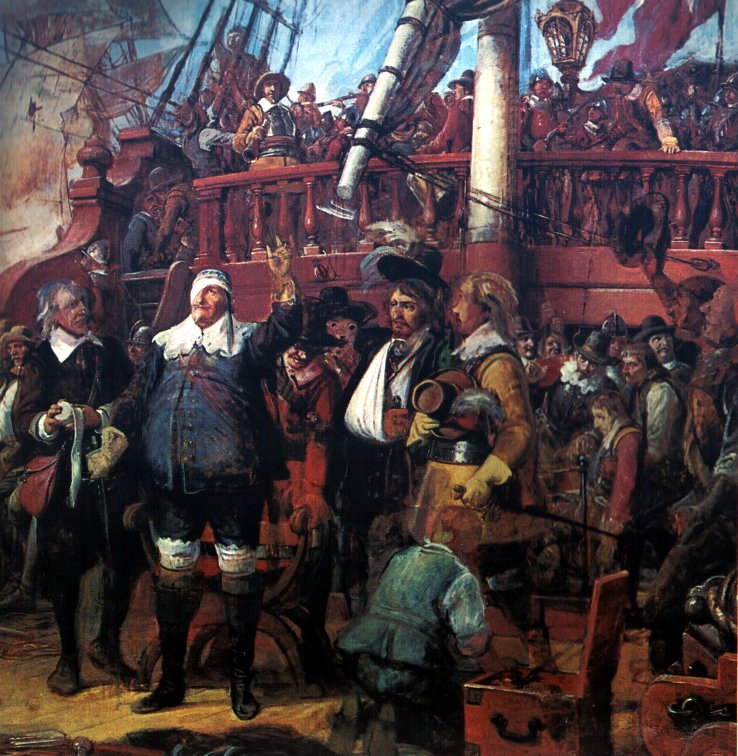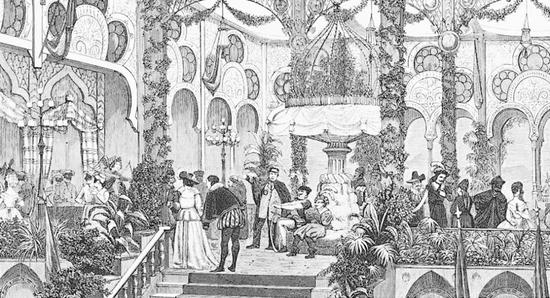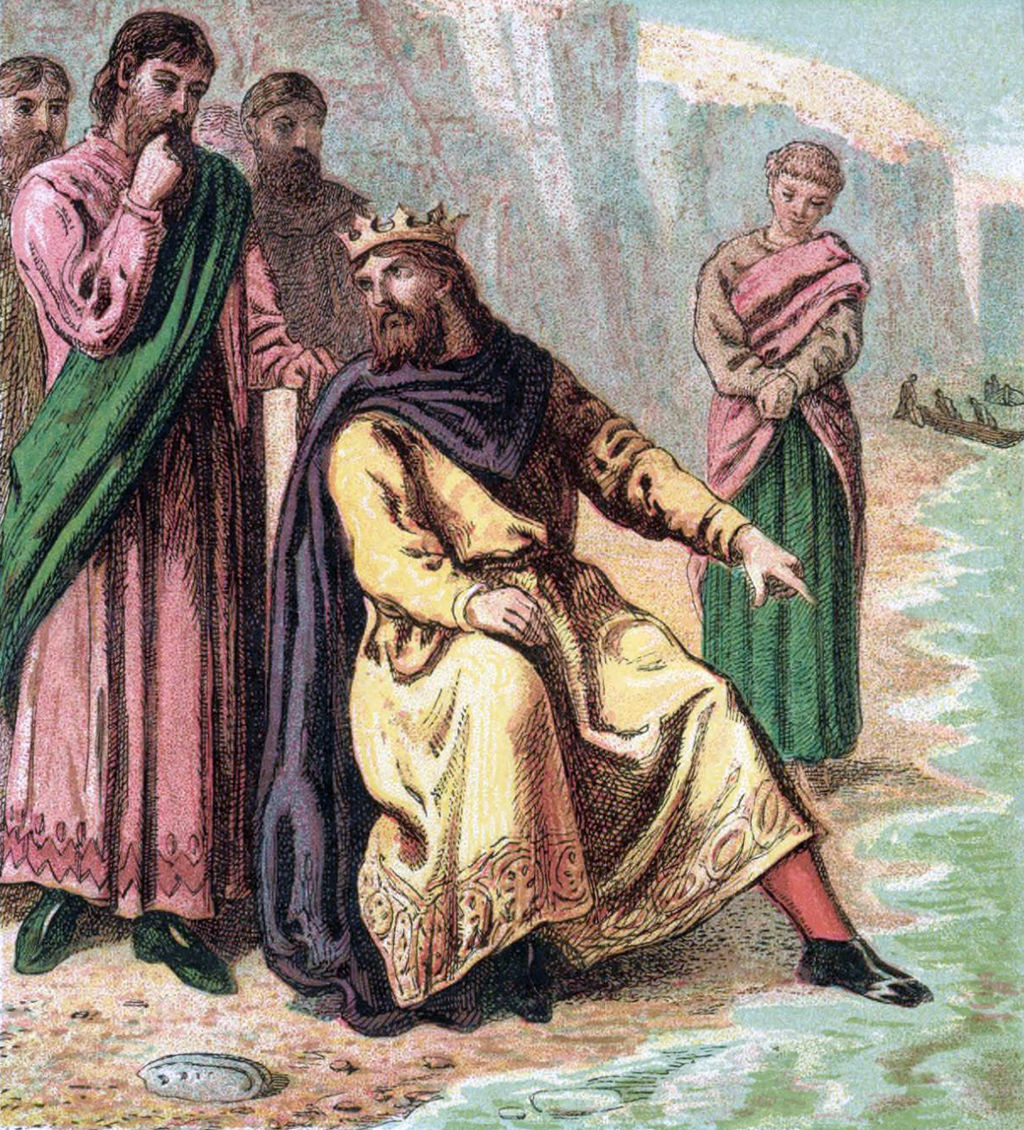Danerheimien
Naming Traditions
Feminine names
- Alaberta
- Alaama
- Chrisina
- Enna
- Fala
- Gudrun
- Homilia
- Hamma
- Inga
- Navelia
- Namalga
- Samelia
- Sala
- Udunia
- Worumia
Masculine names
- Agu
- Alf
- Ase
- Bade
- Foc
- Ogg
- Olf
- Unger
- Sol
- Vil
- Wil
Family names
Other names
Culture
Major language groups and dialects
Although there are several dialects spoken in the kingdome (see below) none of those are realy significant more important is that because Danerish has several different words and sentence structures to express the same idea different ways of speaking have emerged that are associated with the estates and classes of the realm. For example the nobles tend to choose longer words and sentences to express themself to illustrate thier literacy while farmers often use short and precise sentences that point directly at the topic and urban worker class uses words that are regarded as vulgar. The new urban middle class is seen to use the typical noble speak to distinguish themselfe from the other urban population and underline thier status.
The five main dialects of Danerish spoken by Danerheimiens are:- Nyheimer Speak - 978.033 speaker
- Koppenerish - 836.237 speaker
- Lolladish - 827.012 speaker
- Lunter Dialect - 42.809 speaker
- Old Havener speak - 40.619 speaker
Shared customary codes and values
Common Customs, traditions and rituals
Children from wealthy families are also sent to school at the age of twelve. All of Danerheim's schools are boarding schools where children are taught for 2 hours in math, 2 hours in Danerheimien folk (reading and prose) and 4 hours of sports per day. When these children reach the age of 16, they often go directly to the military or to the Royal University of Koppen-Haven.
Common Myths and Legends
The Danerheimien islands have many old folk tales and myths that all take place around -200 to the end of the year 500 and are centered around the creation of the islands, the Danerheimien people and thier fights against the Juten and ancient monster. Without doubt the most famous and important tale is that of Hendre the First a half historical half mythological figure who is believed to have given birth to the first Danerheimiens. Agu Hydre has collected dozens of tales and stories about Hendre and has written them down in his Song of Hendre. The book tells a romanticized version of Hendres life with many stories written between that are pure fiction but the book has become a national treasure and some of the more famous stories like Hendres fight against the dragon or the tragedy around his first born son have been reinterpreted countless times in theater, opera and other art forms.
Historical figures
- Hendre the First (~100 to ~150) - first recorded Danerheimien ruler
- Prince Vil "the Defender" of Kors (436 - 498) - ruler of the principality of Acken, defended the island of Själla against a Jutish invasion
- Agu Hydre (604 - 648) - famous poet
- Adm Bor (892 - 963) - famous painter and architect
- Vil Asse (934 - 982) - legendary admiral and adversary of King Asger
- King Asger "the Unifier" of Nykheim (935 - 996) - created the Kingdome of Danerheim after he unified most of the Danerheimien islands under his rule
- Prince Alf "the Explorer" of Sams (1065 - 1112) - explored the lands of New Danerheim, paving the road for future colonisation
- Olf of Morseheim (1079 - 1156) - first rector of the King Torb II. University of Koppen-Haven
- Maks Horkheim (1082 - 1142) - famous philosopher
- King Hendre of Nykheim (1114 - 1157) - ruled the kingdome from 1135 to 1157 where he won the Second Danerheimien-Pommeranien War and gave Danerheim the status of a great power
- Vigg Skomager (1131 - 1197) - famous entrepreneur who helped rebuilding Koppen after the fire 1173 and created the first pension fund and public school
- King Unger VI. of Nykheim (1141 - 1202) - won the Third Danerheimien-Pommeranien War and started the intervention against the Peoples Republic of Greater Svaden
- King Enwer II. of Nykheim (1180 - present) - current King of Danerheim who assumed the crown after his father King Unger VI. died of illness
Major organizations
Political
- Royal Danerheimien Governorate of New Danerheim
Relgious
- the Holy Church
- the Children of the Cross
portrait of a typical Danerheimien from the middle class
Descentmerger of primarily Danes and Swedes
Related EthnicitysJuten, Norgs, Svaden and Pommeranien
7.619.954
Main religionTeuism
Remove these ads. Join the Worldbuilders Guild













Comments
Author's Notes
This articel focuses on the Danerheimiens inside the Kingdome of Danerheim. For the cultural characteristics of the Koppener and Havener see the articel of Koppen-Haven